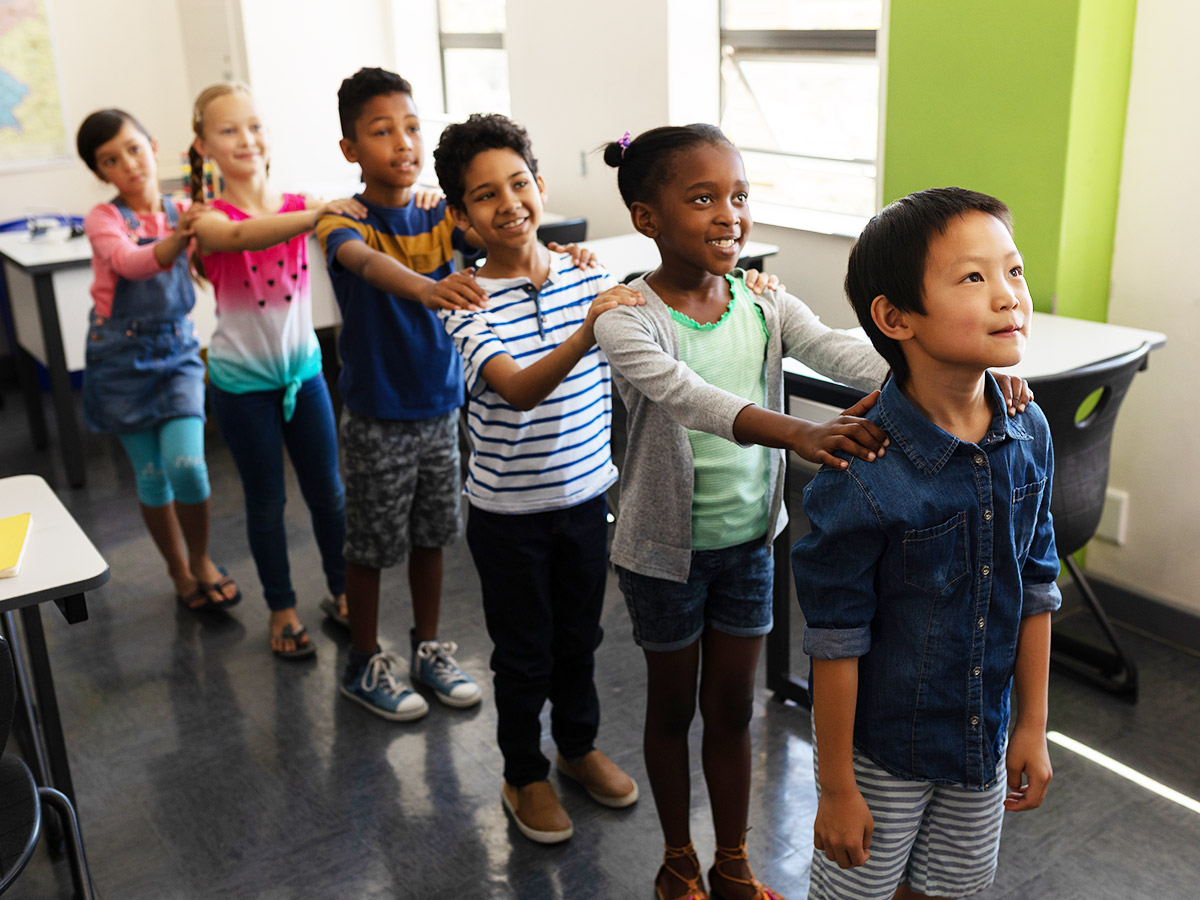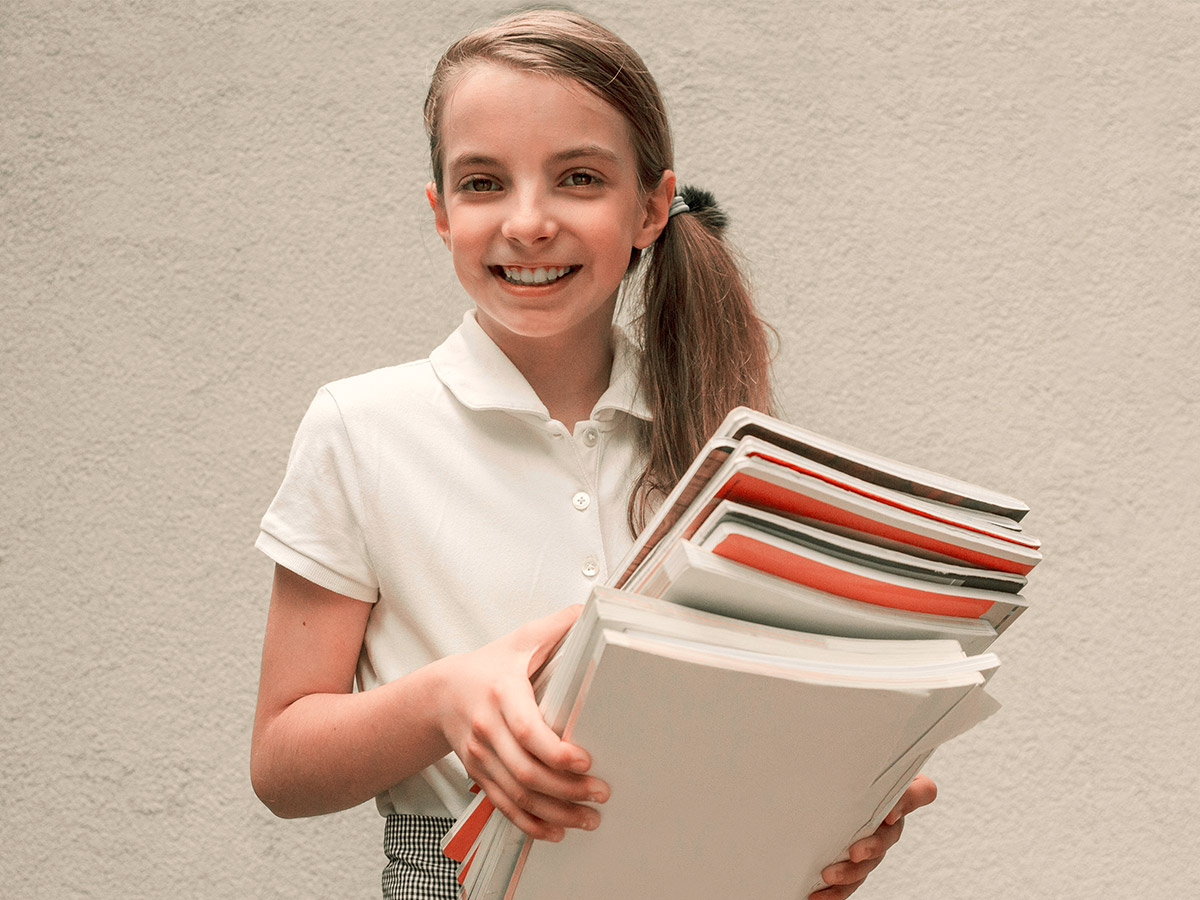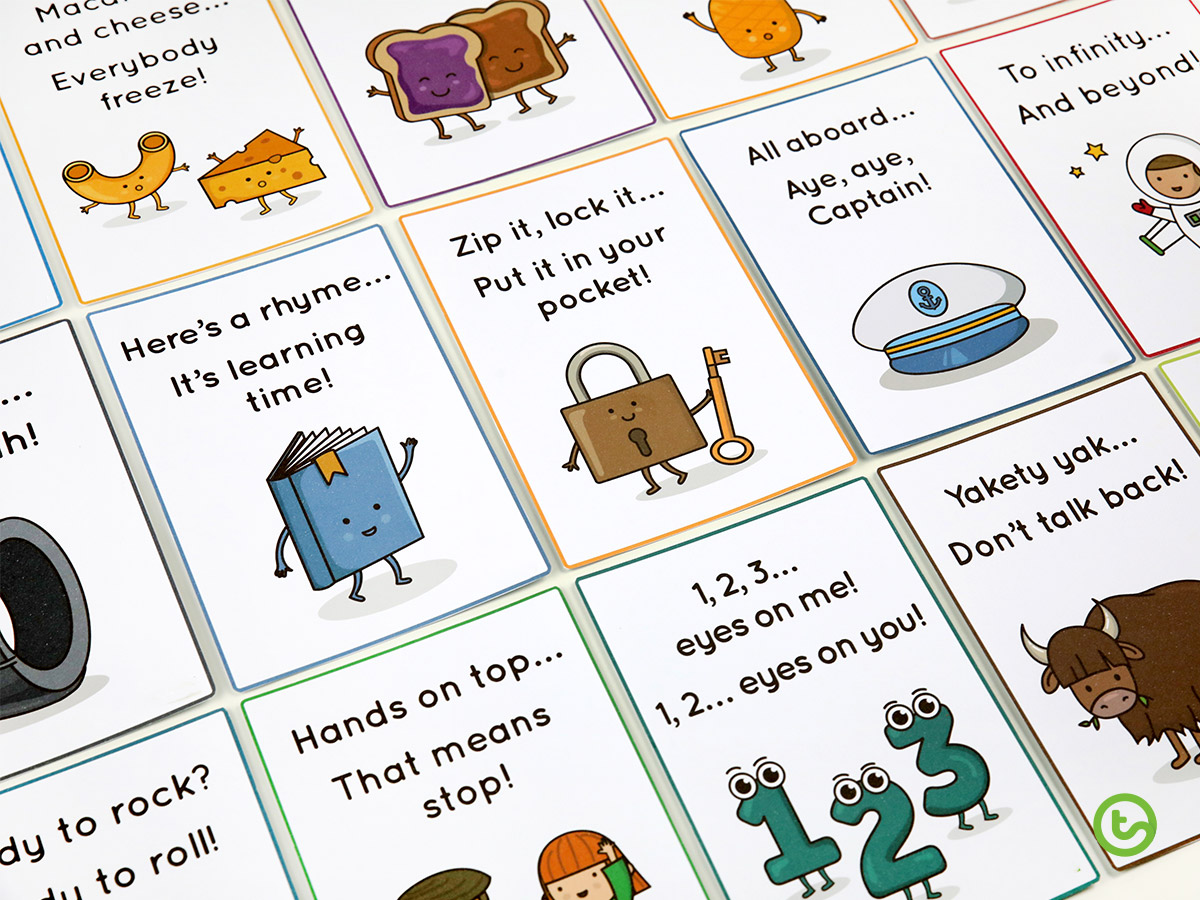Did you know that spending 15-minutes on a classroom transition just once a day for a whole school year equals nearly 50 hours of time?
That’s pretty scary when you consider that, on average, students have to transition up to 5 – 6 times a day! That’s a lot of time that could be better spent sharing learning experiences with your students, don’t you agree?

Just dance/shutterstock.com
What is a Transition at School?
Put simply, a classroom transition is the process of moving from one lesson, space, or event to another during the course of the school day. They happen several times a day and often involve moving locations and collecting or swapping books and equipment.
Some examples of classroom transitions are:
- moving from carpet time to desk work
- coming back into lessons after lunch
- attending or returning from a specialist lesson
- going to another area of the school, such as the library, assembly hall, or school oval
- rotating from one small group activity to another.
Transitions can range from whole-class to individual students! No matter who is doing the transitioning, however, firm ground rules and routines need to be put in place to make sure they work for your classroom.
Why are Classroom Transitions important?
Transitions can be incredibly efficient if coordinated effectively. They give students a break by providing them with a chance to get out of their seat and switch their focus to a new task.

wavebreakmedia/shutterstock.com
Transitions give students an opportunity to stretch their bodies and take a break from learning – both incredibly important for maintaining concentration throughout the school day.
Classroom transitions can also be used to minimise disruption from restless students when timed appropriately. However, they can also cause excitability if mismanaged. So, now that we know why transitions are important, how do you make sure they’re effective?
Top Tips for Great Transitions
Preparation
The key to your students transitioning effectively and quickly throughout the day is practice, practice, practice!
That is to say, setting up the routines and expectations of how you want your students to move from A to B at the start of the school year, and making sure they are maintained until students can do them as easily as breathing is the key to success.
Transitions are a separate entity between lessons – this means that no matter the lessons, your rules and expectations for transitions can remain the same.
Sit down with your class at the beginning of the year and discuss their thoughts on managing themselves during transitions. What works for some grades won’t work for others! So make sure you settle on ground rules that work for your students.
Make sure your students feel in control and like they are managing their own time.
Think Through the Logistics
Do you want your students to walk in two lines or one? Should they collect their own equipment or will you allocate an equipment monitor to carry each person’s books? Will you set out their resources yourself before each lesson, or will you put that responsibility onto them?

Pearl PhotoPix/shutterstock.com
These are the questions you need to answer when you are organising your students during classroom transitions.
If you are asking students to collect and organise their own equipment, make sure it is in a place they can access. Alternatively, give one of your students the equipment manager job for a whole week so there’s no confusion as to who’s carrying what!
Cues are Key
Getting your students to quickly drop everything and prepare to change activities does take some practice. You need your students to know exactly what to do when you want their attention, and they need to do it fast! Sometimes it can feel as though clapping isn’t the most feasible way to capture your class’s attention. Why not try something more fun, such as our Attention-Grabbing Phrase Cards?
Your students will love to reply to your call! Whenever you’re ready to stop an activity and move on to the next one, simply call out one of the phrases on this card and watch them snap to attention!
Movement and Music
As I mentioned before, transitions are a great opportunity to get your students up and moving – waking their brains up and giving them a good stretch. Instead of letting the movements get out of control, why not turn it into a little bit of fun?
Transition Songs
This fun video from GoNoodle is the perfect video to get your students ready to transition to lunchtime at the end of an activity! In a quick 1 minute and 44 seconds your students will be packing up, tidying up and singing along to the song.
The song lyrics themselves may not be relevant, but playing the song is a great cue that students have a certain amount of time to tidy up and clear out!
If you don’t want to play a video, a simple music track will do the trick! Playing particular songs when you want your students to complete different transitions is a great way to train them to transition a certain way on cue – and the best part is that they know they only have until the song is up to complete the transition!
Move Your Body
Obviously, moving and grooving your body to music isn’t really feasible when you’re moving about the school grounds! So how do you make walking between classes interesting and engaging for your students?
There will always be a time and a place for two straight lines quietly walking from one classroom to the next, but for those times in between, use our How to walk like a… Instruction Cards!
These fun movement cards encourage your class to concentrate on their walk through the school to ensure they complete the right actions. Their eyes are less likely to wander, their mouths are less likely to chatter and their minds and bodies will be nicely exercised by the time they reach their destination!
What’s your favourite transition trick?
Comment below to share your ideas!
Banner: Rawpixel.com/shutterstock.com









Comments